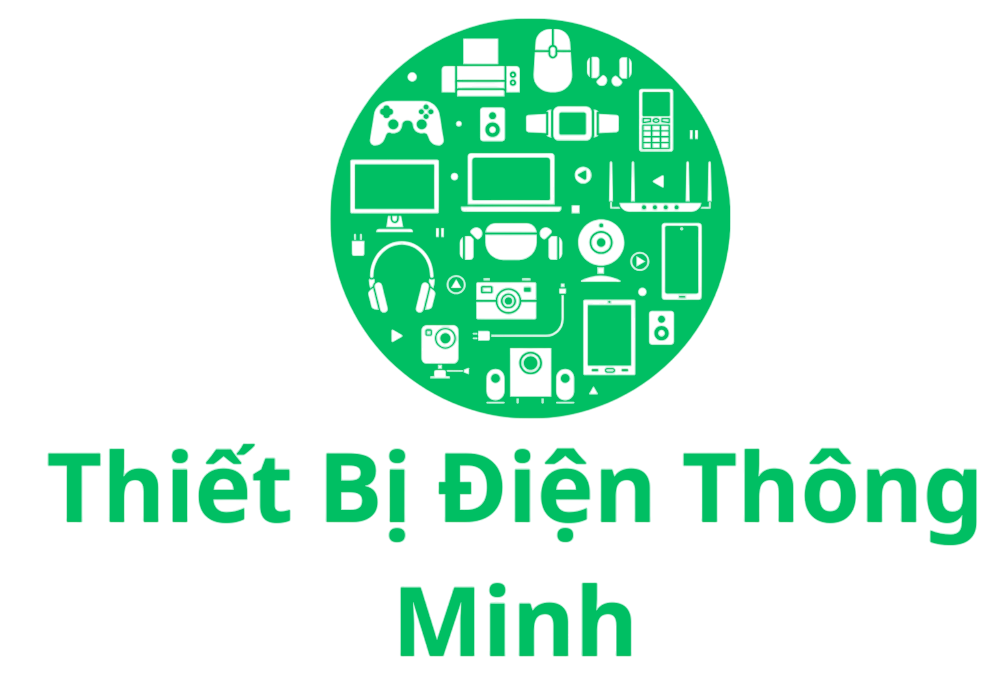International market dynamics reveal intense competition between established manufacturers and emerging players. Chinese original equipment manufacturers lead EV development, securing a significant portion of EU market share. https://cars.edu.vn/
Technological advancements fuel evolution in self-driving systems and digital vehicles. L3 functions permit driver-assist functionality whereas Level 4 tests increase in metropolitan zones.
Legislative standards strengthen pressure with tighter CO2 goals and protection regulations. The EU’s carbon dioxide thresholds demand manufacturers to achieve specific emission levels company-wide targets.
Geographic changes highlight different methods – China leverages state support while India emerges as development center through calculated capital infusion.
Resource discoveries and eco-friendly initiatives gain importance, with German automaker’s prototype showing two-thirds decrease in lifecycle emissions through circular economy concepts.
Industry challenges persist, such as lithium cost fluctuations and employee apprehensions associated with electric vehicle change. Long-term suggestions emphasize diversification of supply chains and sped-up software creation.
The road to 2030 needs measured incorporation of flexible architectures, localized plans, and eco-conscious practices to make certain comprehensive progress across global markets.
